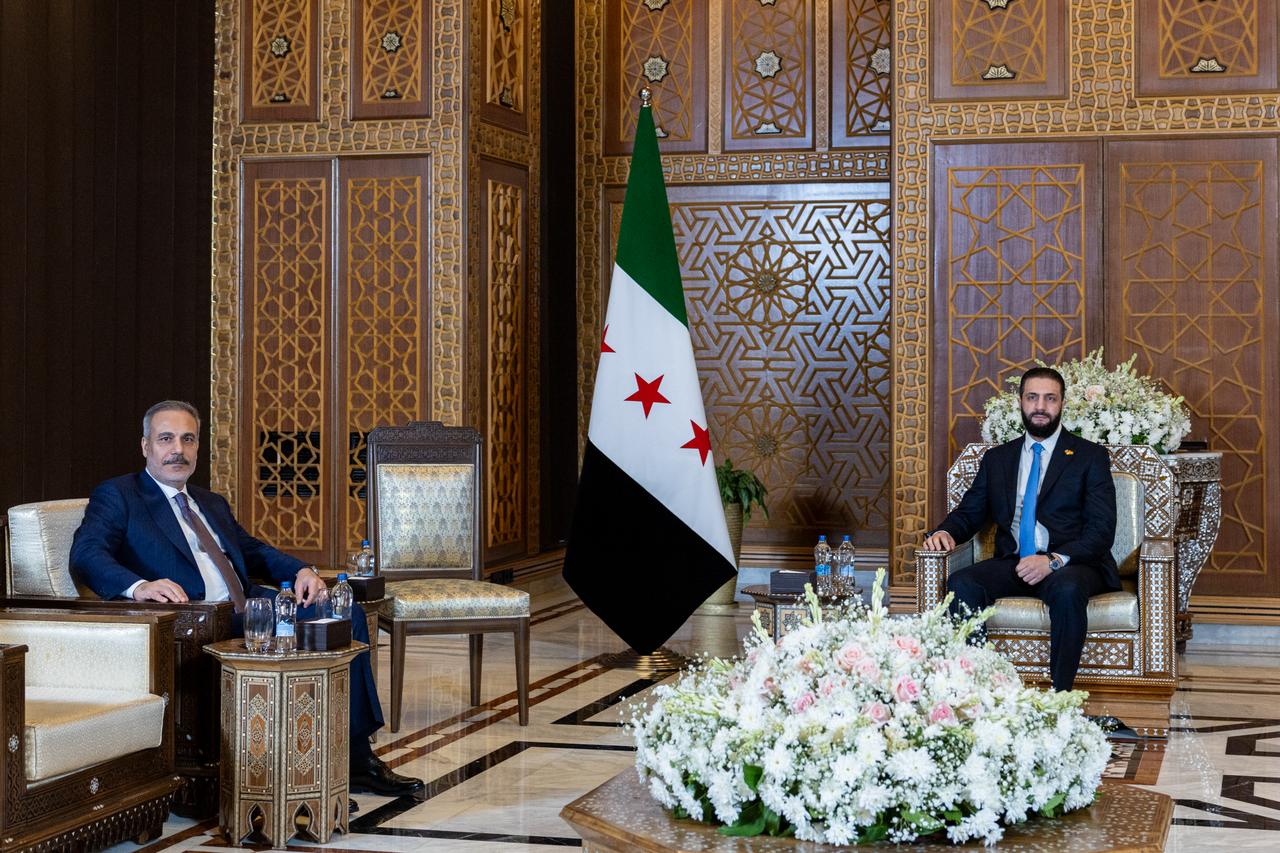
The SDF terrorist group is attempting to position itself as the main opposition in Syria—a strategy that mirrors the PKK’s longstanding efforts in Türkiye to form a united front with leftist groups.
In Türkiye, such tactics have limited impact because the country’s multi-party democracy prevents any one group from monopolizing opposition politics. Syria, however, remains different. Syria is in a transition period and still has to establish a transitional parliament.
To bolster its standing internationally, the SDF has been marketing itself to Western audiences as the backbone of a “pluralistic Syria” resisting “Islamists in Damascus.” This narrative dovetails neatly with Israeli interests—and likely coordination—but remains largely a political show.
In reality, the SDF’s governance mirrors the very authoritarianism it claims to oppose, operating under one-party rule. Meanwhile, Shara retains a strong domestic base, and Sunni Arabs remain the dominant force nationwide and within the areas controlled by the SDF.
The SDF tries to portray itself as an alternative. Thus, it held a unity conference at which different societal segments were present. Speeches like those by Druze leader Hajari may garner headlines abroad, yet they do little to alter the military balance on the ground. Him being unable to attend in person, but via videoconference, is a good visualization of the limitations of the SDF’s efforts.
The SDF’s subsequent announcement of a conference—bringing together regime remnants, tribal sheikhs, outlaws and other marginal actors—looked like a recycled tactic. It was a bid to project legitimacy while buying time. The SDF appears to mistake the Syrian state’s patience for weakness, continuing to stall rather than compromise.

Against this backdrop, Turkish Foreign Minister Hakan Fidan’s recent visit to Damascus underscores growing frustration in Ankara. Ankara reportedly renewed offers of direct air and artillery support, alongside ammunition and weapons, to help the Syrian government forces. Türkiye also signaled that if Damascus fails to rein in the SDF, Ankara may consider unilateral military action.
Similarly, Damascus withdrew from the planned Paris talks with the SDF, stating that the invitation of former regime elements, among others, clearly violates the March 10 agreement between Damascus and the SDF.
Now, the Syrian government is demanding a concrete roadmap and concrete steps from the SDF to show its willingness to implement the terms of the March 10 agreement.